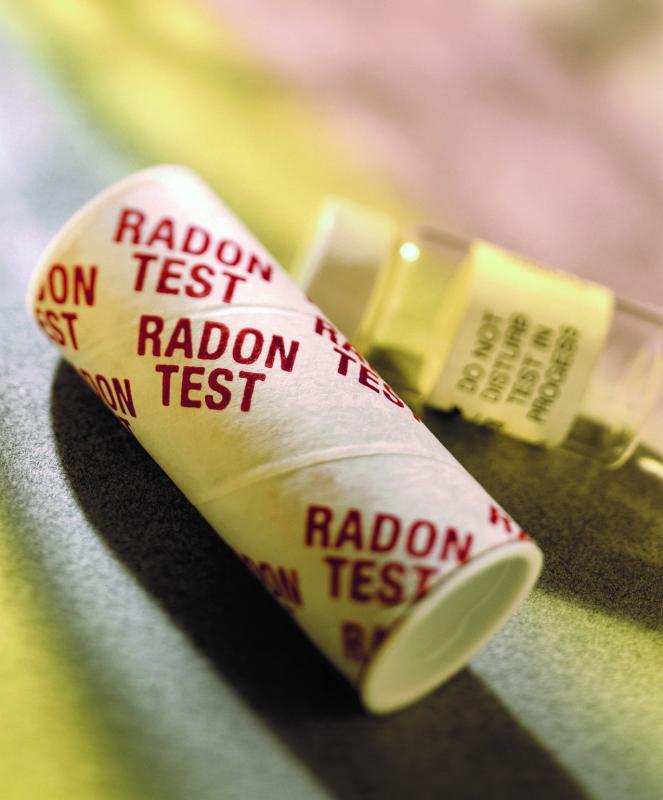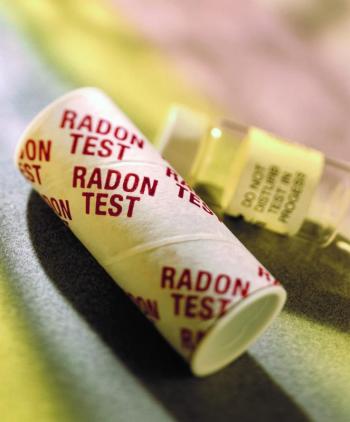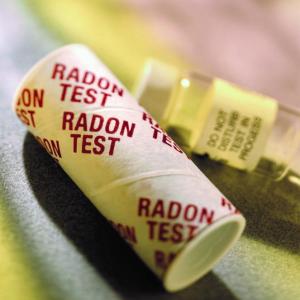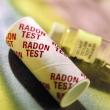Take action against radon
No one is invulnerable to cancer. When it comes to reducing their cancer risk, individuals take many steps, including changing their diets and following recommended timelines for various health screenings. However, one important strategy may never occur to the average person Ñ getting oneÕs home tested for radon.
The U.S. Environmental Protection Agency reports that radon accounts for roughly 21,000 deaths from lung cancer each year. In fact, radon is the leading cause of lung cancer in people who don’t smoke, according to the American Cancer Society.
Radon is a natural substance that is produced from rocks and dirt in the ground, but that doesn’t make it safe. Radon is always present in the air in low concentrations, but heavy concentrations are dangerous. This can occur when too much radon gas from underneath a home leaks into a residence and builds up inside. The higher the radon levels and the longer the duration of exposure, the greater the risk for illness.
Radon is odorless and colorless, so there is no way to know if it is present without a specific radon test kit. The Centers for Disease Control and Prevention says that affordable radon kits are available from hardware stores and can be ordered from the National Radon Program Services website at http://sosradon.org/test-kits.
Not all tests are the same, so it is important to read the directions. Depending on the test, it may take a few days or many months to finish the test and wait for the results from the testing laboratory.
If test results show a radon level of 4 picocuries per liter (pCiL) or higher, it’s advisable to do a second test. If that test also comes back high, the issue will require remediation. A radon expert can provide advice and some solutions. Large radon problems typically require the services of a mitigation contractor to fix the home radon issues.
The CDC also advises people who have well water to get the well tested for radon, as sometimes well water can carry radon into the house, too.
Radon is a problem that can affect newer and older homes alike. Simple testing can determine if radon needs to be addressed or if a home is safe. It’s a routine safety measure homeowners should not overlook.





























